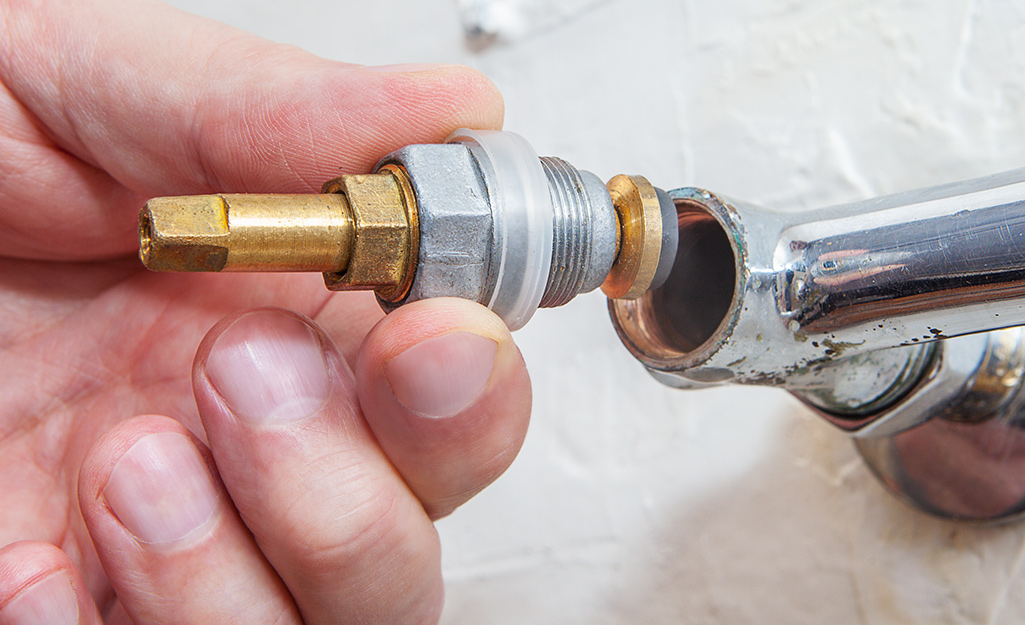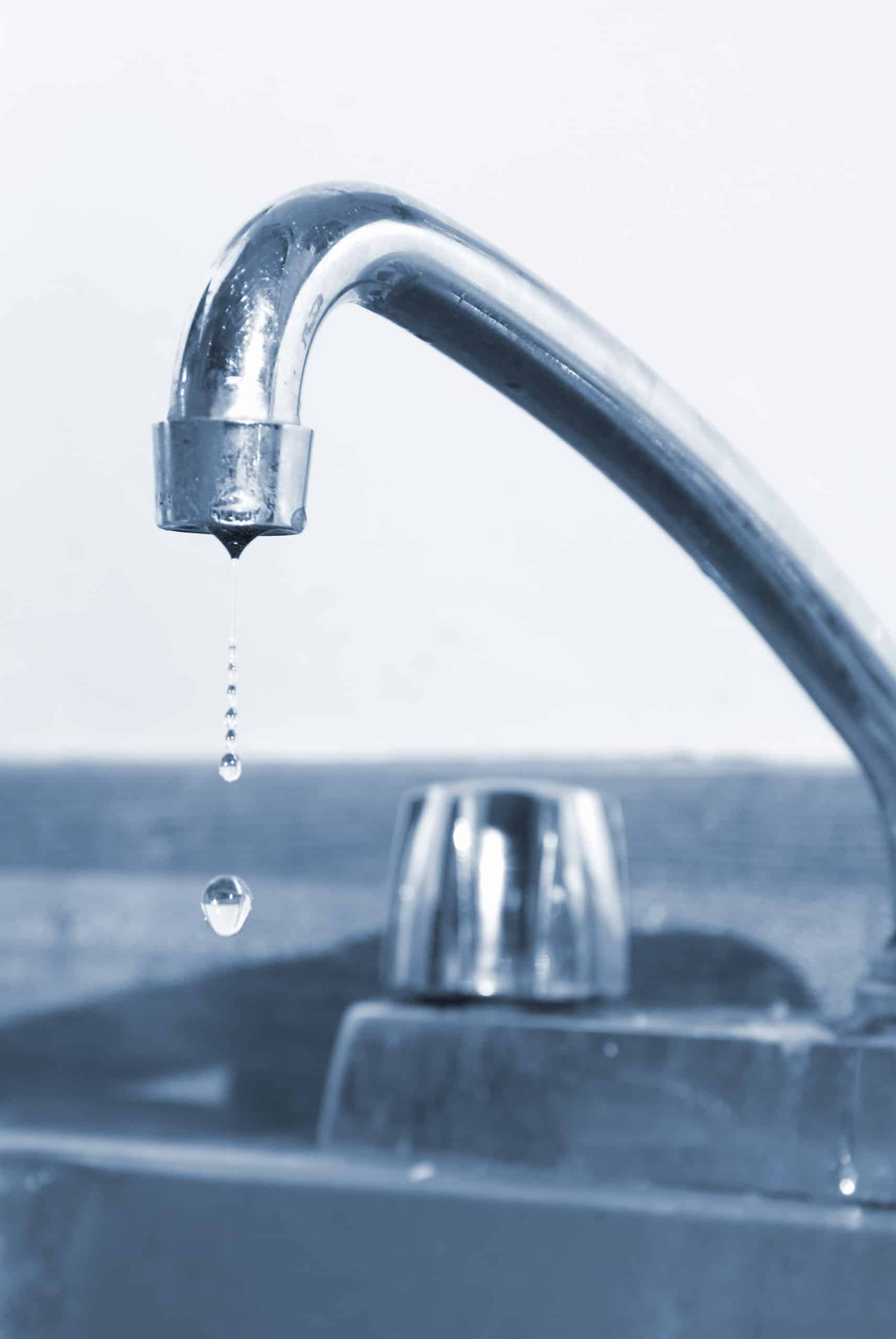My Motives Behind Correcting a Malfunctioning Faucet
My Motives Behind Correcting a Malfunctioning Faucet
Blog Article
They are making a few good annotation about Why Are My Faucets Dripping (And Can I Fix It Myself)? overall in the article down below.

Trickling faucets could look like a small inconvenience, however their influence surpasses just the nuisance of the audio. From wasting water to incurring unnecessary economic prices and health dangers, neglecting a dripping faucet can result in different effects. In this write-up, we'll delve into why it's important to resolve this typical family problem immediately and successfully.
Wastefulness of Water
Ecological Effect
Dripping taps add dramatically to water wastage. According to the Environmental Protection Agency (EPA), a solitary tap dripping at one drip per secondly can lose more than 3,000 gallons of water per year. This not just stress water resources yet also influences environments and wildlife depending on them.
Financial Costs
Raised Water Bills
Beyond the environmental effect, leaking faucets can pump up water costs considerably. The accumulated waste in time translates into greater utility costs, which can have been avoided with prompt repairs.
Prospective Home Damages
In addition, long term leaking can lead to damage to components and surfaces surrounding the tap. Water buildup can create staining, deterioration, and even architectural concerns if left ignored, leading to additional repair prices.
Health and wellness Problems
Mold And Mildew and Mold Development
The continuous presence of moisture from a trickling tap creates a suitable setting for mold and mold growth. These fungis not only endanger indoor air quality however likewise pose health threats, especially for people with breathing problems or allergies.
Waterborne Illness
Stagnant water in leaking taps can come to be a breeding ground for germs and various other pathogens, increasing the risk of waterborne illness. Pollutants such as Legionella microorganisms grow in stagnant water, potentially resulting in severe health problems when consumed or breathed in.
Do it yourself vs. Professional Repair
Benefits and drawbacks of DIY Fixing
While some may try to repair a trickling tap themselves, do it yourself repair services feature their own set of difficulties. Without appropriate knowledge and tools, do it yourself efforts can intensify the issue or lead to insufficient repair work, prolonging the problem.
Advantages of Employing a Specialist Plumber
Employing a professional plumber makes certain that the underlying reason for the trickling faucet is dealt with properly. Plumbings have the experience and equipment to identify and fix tap concerns efficiently, saving time and lessening the risk of further damage.
Step-by-Step Guide to Taking Care Of a Dripping Tap
Devices Needed
Prior to trying to take care of a leaking faucet, gather the necessary tools, consisting of a flexible wrench, screwdrivers, substitute parts (such as washers or cartridges), and plumber's tape.
Common Tap Issues and Their Solutions
Determine the kind of faucet and the details concern triggering the drip. Usual troubles consist of damaged washing machines, corroded valve seats, or faulty O-rings. Describe manufacturer guidelines or online tutorials for step-by-step guidance on repair services.
Safety nets
Normal Maintenance Tips
To prevent leaking faucets, carry out routine maintenance such as cleansing aerators, checking for leaks, and replacing worn-out components without delay. Furthermore, take into consideration setting up water-saving gadgets or updating to more efficient fixtures.
Value of Prompt Fixes
Attending to trickling taps as soon as they're seen avoids further water wastage and potential damages, ultimately saving both water and money over time.
Influence On Residential Or Commercial Property Value
Assumption of Well-Maintained Residential Or Commercial Property
Maintaining a building in good condition, including attending to maintenance problems like dripping faucets, enhances its viewed worth and charm amongst potential customers or tenants.
Impact on Resale Worth
Residences with well-maintained plumbing components, including taps, command greater resale worths in the property market. Addressing leaking faucets can add to a positive impression during home assessments and negotiations.
Ecological Duty
Specific Payment to Preservation
Taking obligation for repairing trickling faucets straightens with wider initiatives towards water conservation and ecological sustainability. Every person's actions collectively make a significant influence on maintaining priceless resources.
Lasting Living Practices
By focusing on punctual fixings and embracing water-saving routines, people add to lasting living methods that benefit both present and future generations.
Verdict
Resolving a dripping tap exceeds mere ease; it's an important step toward conserving water, minimizing monetary costs, and securing wellness and home. Whether via DIY repair work or specialist aid, doing something about it to fix leaking faucets is a tiny yet impactful means to promote responsible stewardship of sources and add to a much healthier, more sustainable future.
How to Fix a Dripping or Leaky Faucet
A leaking faucet is one of the most common problems that homeowners encounter, but it being commonplace doesn’t make it any less annoying. The constant drip drip drip of a leaking bathtub faucet, showerhead, or sink tap can disturb your home’s serenity. Left neglected, a dripping faucet can also result in higher water bills and discoloration or mold growth in your sink or plumbing fixtures.
Fortunately, you don’t have to be a trained plumber to know how to stop a dripping faucet. With some basic tools, replacement parts, and a little patience, leaky faucet repair is a breeze. In this article, we’ll explain what causes dripping faucets and how you can fix them.
What Causes a Leaking Faucet?
Kitchen and bathroom faucets come in all manner of designs, but most involve some combination of valves, O-rings, seals, and washers. The O-ring is usually the weakest link, but any one of these pieces can wear down over time. Heat, moisture, temperature fluctuations, minerals, mold, and movement can contribute to warping and corrosion, breaking the watertight seal. This just comes with the territory of being a homeowner. Everything is always subject to wear and tear, and some component parts of your appliances and fixtures need to be replaced on occasion. At least replacement O-rings are cheap!
More rarely, dripping faucets can be a symptom of excessively high water pressure. Were this the case in your home, you would probably notice that the leak is not isolated to one faucet. Water pressure issues are harder to resolve on your own. We recommend contacting a professional plumber if you suspect your water pressure is too high.
How to Fix a Dripping Faucet
Pipe wrench or monkey wrench Allen wrench set Screwdrivers Old towel or rag Shut off the water.
Before you do anything, you need to turn off the water to keep from drenching your kitchen or bathroom. You should find a valve under the sink and against the wall. Once you’ve turned this valve, try turning the faucet on to confirm that the water source has been cut off.
If you can’t locate your local valve for the faucet you’re working on, you can always shut off the water to the house at the main valve. Of course, this will prohibit anyone from using the sinks, showers, or toilets while you’re working on the faucet that’s giving you trouble.
Plug or block the drain.
You’ll be disassembling the faucet and removing some small bits of hardware. Plug the drain with a stopper or rag to avoid the possibility of a small screw falling into your P-trap.
Take apart the faucet assembly.
There are several varieties of kitchen and bathroom faucets, each with its own manner of assembly. For detailed instructions on how to disassemble your faucet, you can refer to the fixture’s manual or contact the manufacturer. If you know whether you have a ball, disc, cartridge, or compression faucet, you can find detailed schematics online.
In general, you need to begin by removing the faucet handles. You might notice a small screw that you’ll need to remove with a screwdriver or Allen wrench. If you don’t see any visible securing hardware, it’s likely hidden under a decorative cap that can be unscrewed or popped off with flathead screwdriver.
Remove each piece methodically, consulting a schematic when necessary. Take notes or arrange the pieces in such a way to make it easier to correctly reassemble the faucet later.
Remove the cartridge.
Once you’ve removed the handles and securing hardware, you should be able to remove the valve cartridge or stem. Some cartridges will slide right out. Other faucet models will require you to loosen a nut with a pipe wrench before you can remove the valve stem.
Examine the exposed hardware.
With the cartridge or stem removed, inspect the component parts. Check the rubber O-rings for wear and tear. Also examine the seat washer for corrosion or other damage. These pieces are usually the responsible parties for a dripping faucet, but it’s worth inspecting the other component parts while you have the faucet disassembled.
Find replacement parts.
Once you’ve identified which faucet component has failed, find an identical replacement. Your local hardware store should have O-rings, seat washers, and other standard components in stock. If you have a luxury or uncommon faucet, you may have to contact the manufacturer for a replacement part.
It’s a good idea to take your old parts with you to the hardware store so you can compare them with the store’s inventory and be sure you’re purchasing the correct replacement.
Reassemble the faucet.
With your new parts in hand, reconstruct the faucet and handles. Don’t be tempted to overtighten screws or nuts. You might think this could create a better seal, but it can instead damage or bend a delicate part of the assembly and create a new problem for you.
Turn on the water and test the faucet.
The only thing left to do is test your work. Unplug the sink, turn the water back on, and try the faucet. Congratulate yourself on a job well done!
https://www.libertyhomeguard.com/how-to-fix-a-dripping-or-leaky-faucet/

I stumbled upon that blog entry about Why It's Important to Fix Leaky Faucets while surfing around the search engines. Sharing is nice. You never know, you may very well be helping someone out. Thank you so much for taking the time to read it.
Report this page